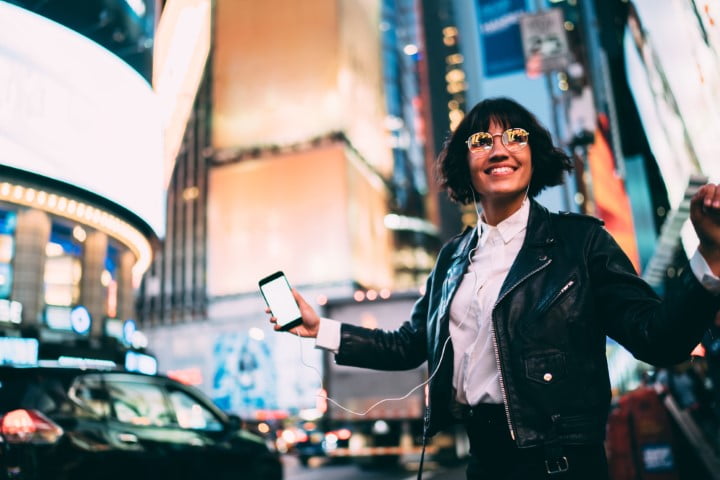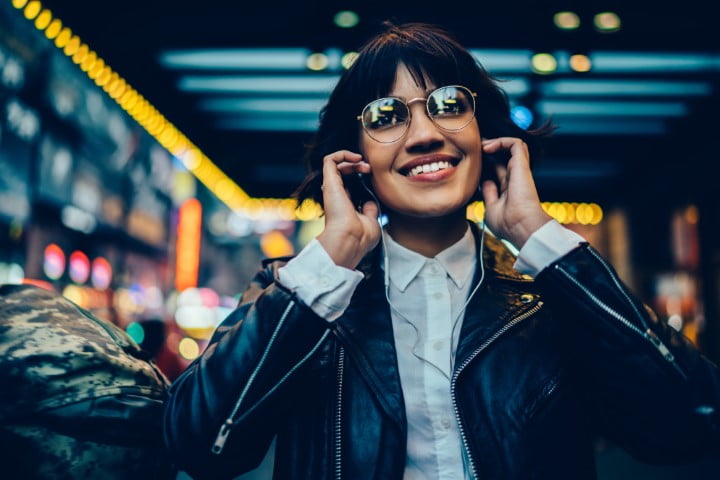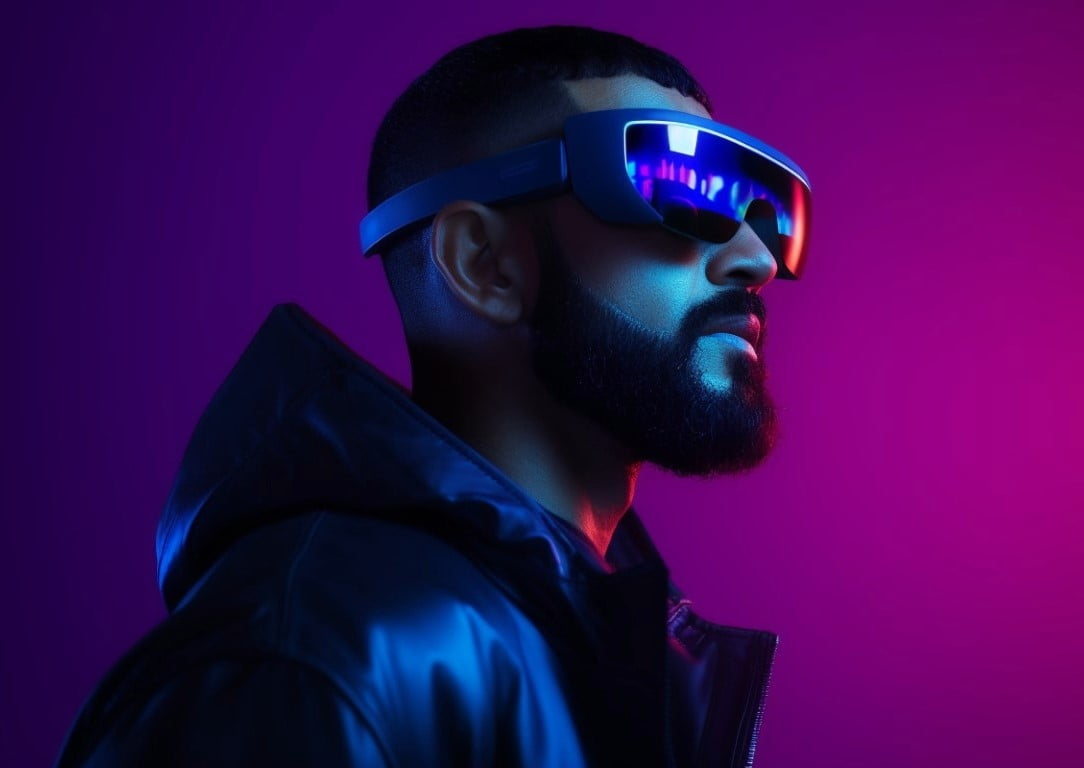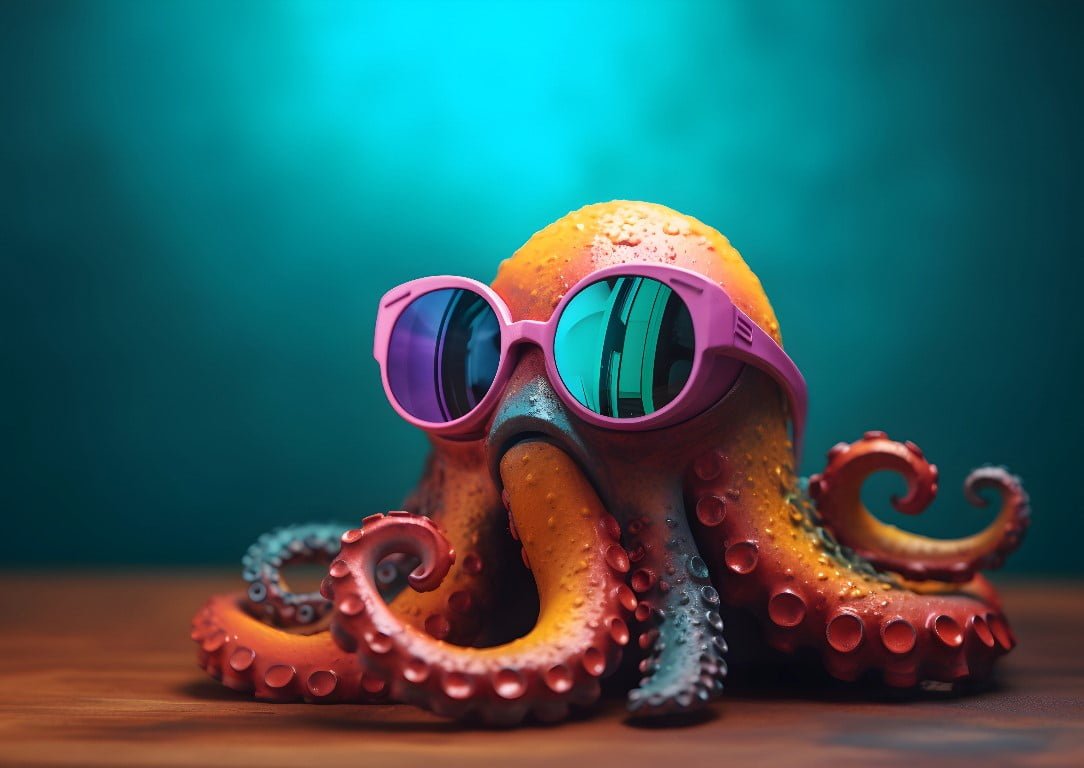Table of Contents
A World Beyond Pixels
Imagine stepping into a world where the boundaries between reality and digital dissolve. Not just a world seen through a screen, but one you can touch, hear, smell, and even taste. This is immersive interaction, where technology transcends its usual passive role and becomes an active participant in our experience.
This isn’t a universe observed through the confines of a screen, but a space where you can actively engage with and perceive through all your senses. Imagine being able to not only see but also touch, hear, smell, and taste the elements within this digital landscape. Welcome to the world of immersive interaction, passive existence to become an integral, dynamic part of our sensory experiences.
However, to bring this vivid, multisensory world to life, immersive interaction necessitates a potent and versatile tool: multimodal design. This innovative and creative field transcends the restrictions of conventional, single-modal interfaces that we are accustomed to, such as keyboards and touchscreens. Multimodal design is about orchestrating an elaborate symphony of sensory inputs. It integrates visual, auditory, tactile, gustatory, and olfactory stimuli to craft experiences that are not just seen or heard. But fully lived and felt in a deeply immersive manner.
Deconstructing Multimodal Design
What exactly is multimodal design? At its core, it’s the art of designing interactions that leverage multiple sensory channels. While visual design has long reigned supreme, multimodal design expands the toolbox, drawing upon a whole orchestra of expressive modalities.
Think of it this way:
- Visuals: The vibrant landscapes of a virtual world, the intricate details of a 3D object, and the subtle shift in facial expressions during a virtual conversation.
- Audio: The spatialized sounds of a bustling marketplace, the rhythmic feedback of haptic gloves simulating an object’s texture, and the emotional weight of a character’s voice.
- Tactile: The pressure of virtual buttons beneath your fingertips, the textured surface of a digital artifact, the weight of a virtual tool in your hand.
- Taste and Smell: Imagine virtual food trucks offering samples with real-time taste and smell simulations, or exploring a virtual forest where the scent of pine needles fills the air.
Multimodal design is a canvas of perception, inviting designers to paint experiences that resonate with the full spectrum of human senses.
Immersive Interaction
Immersive interaction takes us even further, where the distinction between the physical and digital worlds becomes increasingly indistinct. Creating a seamless fusion of reality and virtuality. This advanced form of interaction transcends the traditional concept of engaging our senses straightforwardly. It’s not solely about stimulating sight, sound, touch, taste, and smell in isolation or combination. The essence of immersive interaction lies in its ability to evoke a profound sense of presence, a compelling feeling that one is genuinely inhabiting a different space or reality.
This technology does more than just fool our senses; it crafts an all-encompassing experience that convinces the mind and body that they are somewhere else entirely. It’s an artful blend of the tangible and the virtual, a sophisticated dance of real and digital elements that coalesce to form an environment where users feel completely absorbed. The aim is not just to see a new world, but to feel, interact with, and be a part of it, breaking down the barriers that have traditionally kept our physical selves separate from digital experiences. In essence, immersive interaction is about crafting a realm where ‘being somewhere else’ transcends beyond the realm of imagination and becomes a perceptible, tangible reality.
This can be achieved through:
Virtual Reality (VR): Donning a VR headset transports you to entirely new worlds, be it scaling fantastical landscapes or exploring the depths of the ocean.
Augmented Reality (AR): Overlaying digital elements onto the physical world, like guiding you through a city with directions projected onto real-world streets, or bringing historical characters to life in your living room.
Mixed Reality (MR): Blending the physical and digital, allowing you to interact with virtual objects within the real world, like manipulating holograms on a table or collaborating with remote colleagues in a shared virtual space.
These immersive technologies, powered by multimodal design, have the potential to revolutionize everything from entertainment and education to healthcare and design. Imagine surgeons performing training simulations that feel entirely real, or students exploring historical events through interactive VR experiences.
New York City
Active Speakeasies: Find a Bar
These secret bars and clubs operate in defiance of privacy, and patrons are supposed to “speak easy” about their existence.
Why is Multimodal Design Such a Game-changer?
Multimodal design significantly enhances engagement by tapping into multiple senses, creating experiences that are not only more impactful but also more memorable. This approach aligns with our natural ability to process multisensory information, fostering a deeper connection between users and the digital world. By stimulating various senses, these designs resonate more profoundly with users, making the digital interaction feel more vivid and real.
Furthermore, multimodal interactions lend a sense of enhanced presence and intuitiveness, effectively blurring the boundaries between reality and the virtual realm. This makes users feel truly immersed in the experience, as the digital world becomes almost indistinguishable from the real one. Such a seamless integration of physical and digital experiences makes the interaction feel more natural and engaging.
Additionally, multimodal design’s inclusivity broadens its reach, making immersive experiences accessible to a diverse audience, including those with visual or auditory impairments. By accommodating different sensory preferences and needs, these designs ensure that a wider range of individuals can enjoy and benefit from these experiences. The emotional impact is also amplified, as the activation of multiple senses can evoke a broader spectrum of emotions, leading to experiences that are not just engaging but also emotionally resonant.
What to Expect from Multimodal Design and Immersive Interaction
- More Immersive Technologies: Advancements in haptic feedback, scent and taste simulations, and brain-computer interfaces will further blur the lines between reality and the digital world.
- Personalized Experiences: Multimodal design will cater to individual preferences and disabilities, ensuring truly inclusive and enriching experiences for everyone.
- Emotional AI: Artificial intelligence will become adept at understanding and responding to our emotional cues, creating highly personalized and emotionally resonant interactions.
While challenges remain, like ensuring accessibility and addressing ethical concerns, the future of multimodal design in immersive interaction is undeniably bright. It’s a future where technology becomes an extension of ourselves, creating experiences that where technology becomes an extension of ourselves, creating experiences that ignite our imaginations, touch our hearts, and reshape the very way we interact with the world around us. It’s a future where learning history feels like walking through its streets, where medical training takes place in hyper-realistic simulations, and where art transcends canvases and galleries, bursting into life around us.
But multimodal design in immersive interaction is not just about technological marvels. It’s about rethinking the way we connect, learn, and create. It’s about crafting experiences that resonate with the human spirit, that tap into our emotions and inspire us to dream bigger.



The Role of the Multimodal Designer
The designer assumes the pivotal role akin to that of a conductor in an orchestra. Just as a conductor harmonizes the distinct sounds of various instruments to create a symphony, the designer meticulously orchestrates the interplay of different sensory modalities. This choreography aims to forge experiences that are not just functionally cohesive but also emotionally impactful. To achieve this, the designer must develop a nuanced understanding of how various elements like visuals, sounds, and textures integrate and interact to affect the user’s experience.
Empathy is a fundamental skill in this process. It involves a deep understanding of the human experience at a multisensory level. Designers must consider how each element – whether it be a visual cue, a sound, a texture, or even a scent – will impact users both emotionally and cognitively. This empathetic approach ensures that the design resonates with users on a personal level, creating experiences that are not only immersive but also emotionally engaging and cognitively stimulating. Technical expertise is another critical component. Designers must master a diverse range of modalities and technologies, from virtual reality hardware and haptic feedback systems to scent generators and beyond. This expertise enables them to effectively utilize these tools to enhance the user experience. By understanding the capabilities and limitations of each technology, designers can innovate and push the boundaries of what’s possible in creating multi-sensory experiences.
Furthermore, storytelling emerges as a vital aspect of multimodal design. Designers must be adept at weaving narratives that transcend individual senses, using the combination of modalities to build tension, evoke emotions, and convey impactful messages. The narrative aspect is crucial as it ties the different sensory inputs together into a coherent and engaging story. As multimodal design continues to evolve and mature, the role of the designer becomes increasingly significant. They stand as the crucial bridge between technology and human experience, the storytellers who utilize the orchestra of senses to chart the future of interaction and comprehension in our increasingly digital world.
Real-life Companies Using Multimodal Design:
Sensory Dining at The Moth House:
This London-based restaurant pushes the boundaries of gastronomy with immersive, multisensory dining experiences. Their “Sommelier of Scents” pairs each dish with bespoke aromas designed to enhance the flavor profile. Guests might encounter the scent of wet earth alongside a mushroom dish, or a whiff of ocean spray with a seafood entree, creating a truly holistic dining experience.
Haptic Feedback in Tesla Vehicles
While most car manufacturers focus on visual and auditory experiences, Tesla incorporates sophisticated haptic feedback into their steering wheels. The wheel vibrates subtly to alert drivers of lane departures or upcoming dangers, adding a tactile layer to traditional visual and auditory warnings. This multimodal approach enhances driver awareness and potentially improves safety on the road.
VR Therapy for Phobias
Virtually Better offers immersive VR experiences for patients to overcome phobias like heights, spiders, or public speaking. Patients are placed in VR’s tailored to their specific fear, gradually exposing them to the trigger in a safe and controlled setting. The visual and auditory elements are often combined with biofeedback sensors, creating a multimodal experience that helps patients confront their fears and develop coping mechanisms.
Bottom Line
Imagine standing on the precipice of a vast, uncharted landscape. This is not just any terrain; it’s the horizon of the future, painted in the vibrant hues of multimodal design and illuminated by the shimmering possibilities of immersive interaction. As we stand at this threshold, the curtain rises on a symphony of futures, each one orchestrated by the interplay of senses and technology.
A World Painted with Senses
In one future, education transcends textbooks and classrooms. Children don immersive suits, transported to the heart of ancient civilizations, feeling the sun on their skin as they climb the pyramids of Giza or the wind whipping through their hair as they sail Viking longships. History comes alive, not just through sight, but through the symphony of touch, smell, and sound. In another future, medical training sheds its sterile confines. Aspiring doctors don VR headsets, stepping into the shoes of patients experiencing chronic pain or witnessing the delicate dance of life within the human body. Through multimodal simulations, they develop an empathy that transcends textbook knowledge, a deep understanding forged in the crucible of shared experiences.
In yet another future, art shatters the limitations of the canvas. Paintings pulse with haptic feedback, responding to your touch with textures that mimic brushstrokes or the fluttering of wings. Music spills into the physical world, sculpting the air around you with sonic waves, while the scent of pine needles and damp earth fills the gallery, transporting you to the heart of a virtual forest.
The Symphony of Us
These are just a glimpse of the futures that await, each a testament to the transformative power of multimodal design in immersive interaction. But the true magic lies not just in the technology, but in the human connection it fosters. As we design these experiences, we must remember that the most powerful instrument in the orchestra is not a headset or a haptic suit, but the human heart.



